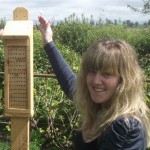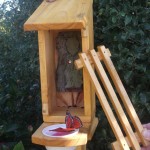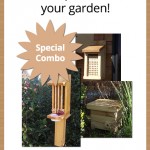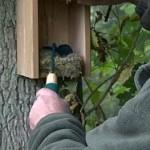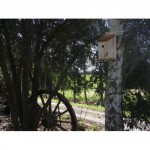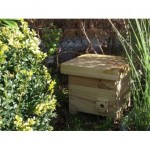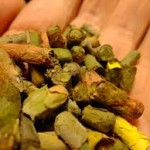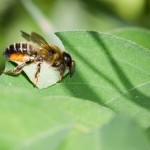Avocado growers are keen to hear the latest research findings on the use of bumble bees as pollinators, says AVOCO technical manager Colin Partridge.
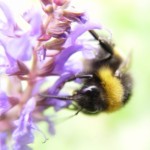
This is so they can plan to put the findings into practice and improve the consistency of harvests.
The topic will be addressed at the Australia-New Zealand avocado conference in Tauranga next month, and AVOCO, as principal sponsor of the conference and the largest grower group, appreciates the significance of the research.
“If avocado growers could soon be able to call in special reinforcements to pollinate their trees – the not-so-humble bumblebee – it will do a lot to stabilise the industry and could even help overcome the persistent boom/bust nature of the harvests,” says Partridge.
“I have heard it said that bumblebees are not aerodynamically equipped to fly. The trouble is; no one told them. We certainly know bumblebees are hard workers and are seen to forage in much cooler and darker conditions that honeybees will, so I hope this research will be leading to good results that our growers can implement to increase fruit set.”
As threats to traditional honey bees increase the cost of pollination, scientists have turned their attention to wild bumblebees to harness their potential as pollinators of avocado.
Dr David Pattemore, a pollination scientist at the New Zealand Institute for Plant & Food Research, is bringing his findings to the Australia-New Zealand avocado conference in Tauranga in September. His research is being funded internally, with assistance from Pollen Plus and the Avocado Industry Council.
“We know for many crops that bumblebees are much more effective as pollinators [than honey bees],” reports Dr Pattemore. “They carry more pollen and are better at cross pollination.
“Each bumblebee does the work of 50 honey bees on kiwifruit, and we are expecting the ratio to be pretty similar on avocados.”
The avocado industry is plagued by the boom and bust nature of the harvest, with trees tending to produce copious amounts of fruit one year, then little the next. This is known in the industry as irregular bearing. Part of the problem is that the trees have maturing fruit and next season’s flowers on the tree at the same time.
“The overall aim of our research on avocado pollination is to find ways to increase fruit set in years that would typically result in low fruit numbers,” says Dr Pattemore, “We believe that providing growers with the ability to manage highly effective bumblebees is an important part of the solution.”
The researchers started by building artificial nesting boxes to attract bumblebees. A pilot trial was run in five Bay of Plenty avocado orchards. The orchards were monitored to determine the percentage of hives occupied, the size of the colonies achieved, and this information will direct future research.
“Our biggest colony in our nest boxes last year was 1,500 bumblebees, and overall we had a success rate of 33%. That’s right up there with the best studies worldwide.”
Dr Pattemore says bumblebees are social bees like honey bees, but as yet we don’t have the same methods for managing them. It is worth investigating, however, as growers could eventually be able to reduce their reliance on honey bees – and get away from relying on a single species.
What with varroa mite and other factors affecting honey bee hive health, it is becoming expensive to bring in honey bee hives for orchard pollination, he says. “Current prices are at the limit of what avocado orchardists can afford. We expect that these prices will rise further in the years ahead.”
Dr Pattemore is one of the guest speakers at the three-day conference, which starts September 9. The bumblebee research is just part of his speech, and field trips will demonstrate the nest boxes. Further details about the conference are available at www.avocadoconference.co.nz
Click here to buy a NZ Made Hand-Crafted Bumble Bee Nesting Box
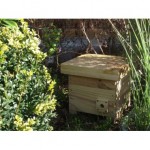
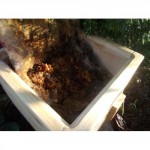
 pollination in your garden! www.creativewoodcraft.co.nz/bees
pollination in your garden! www.creativewoodcraft.co.nz/bees

